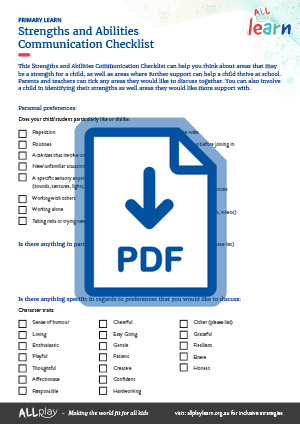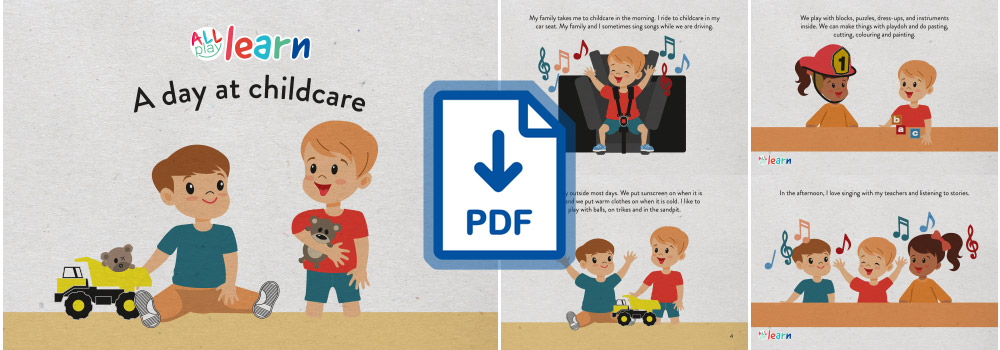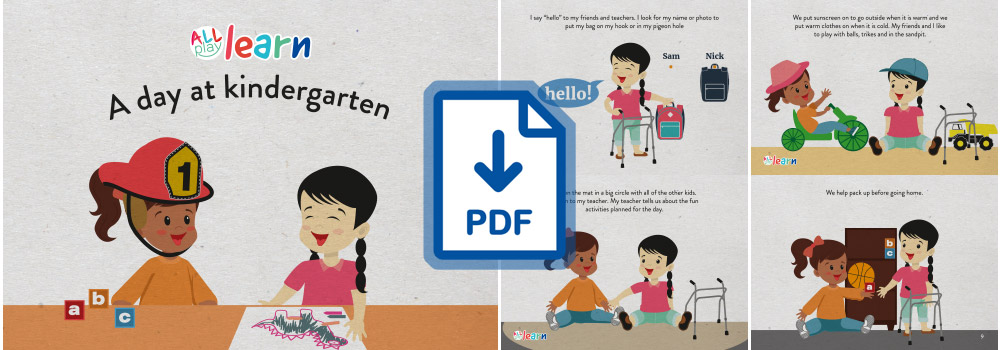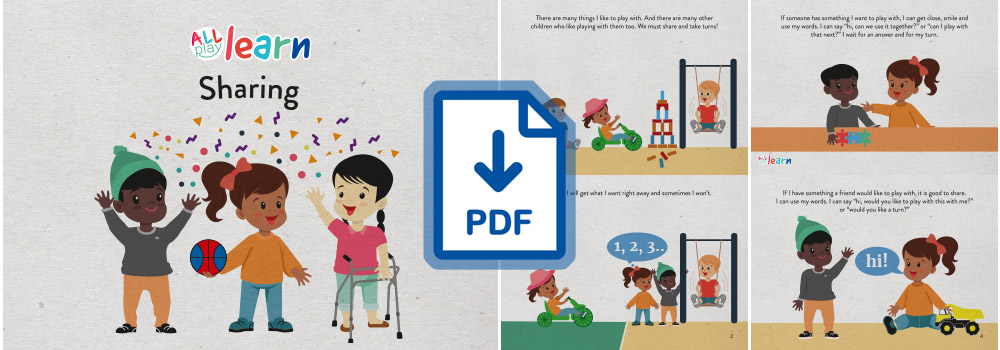Physical Disability
On this page:

About physical disabilities
Physical disability affects a child’s ability to move, or to control their body movements. Children differ in how much their movement is impacted as there are many different types and causes. This includes paralysis (inability to move one or more limbs), problems with muscle tone, reduced balance, reduced ability to make larger or gross motor movements (e.g. challenges with walking and running), and reduced ability to make smaller or more precise movements (e.g. challenges with writing and doing up shoe laces). Common causes of physical disability include acquired brain injury (e.g. after a stroke), spinal cord injury, cerebral palsy, spina bifida, loss of limbs and muscular dystrophy. Some children with physical disability will walk independently, while others will use mobility aids (e.g. ankle supports, crutches or wheelchairs).

Strengths
What might be some strengths?
- Children with physical disabilities will have a range of different strengths depending on how they are affected.
- For example, some children will have unaffected speech and thinking skills.
Where might you provide support?
- Some children may need support with movement, coordination and balance. Some might use mobility aids such as a walking frame or a wheelchair.
- Support with completing everyday tasks may be needed. They may need extra time to learn and practise new skills depending on how they are affected.
- Children may experience chronic or recurring pain. This may affect their behaviour. They may become less motivated to join in.
- Some children may have challenges with building relationships.

Evidence-based strategies
Work collaboratively
Provide opportunities for play and peer interactions
Consider adjustments to communication style
Make each session as structured as possible

Best practice tips
Create a safe and supportive environment
Create plenty of space for movement
Consider the placement of materials
Provide plenty of opportunities to practice
Promote self-determination
- Promote self-determination. Empower and teach children to make simple choices, set goals, be independent, and develop problem-solving abilities. Use technology as needed..

Early Years Learning and Development Outcomes
Outcome 1: Children have a strong sense of identity
Outcome 2: Children are connected with and contribute to their world
Outcome 3: Children have a strong sense of wellbeing
Outcome 4: Children are confident and involved learners
Outcome 5: Children are effective communicators

Other considerations

Relevant resources
Visit our Resources page for a range of resources that can help to create inclusive education environments for children with disabilities and developmental challenges. Some particularly relevant resources for children with physical disability include:








